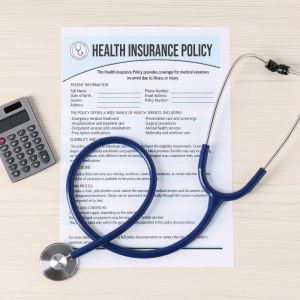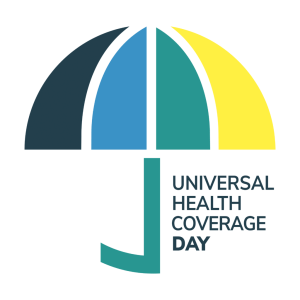Universal Health Coverage Day: Access & Equity Brief for Health Executives

Key Facts:
- An estimated 4.5 billion people (more than half the world) were not fully covered by essential health services in 2021 (WHO).
- Out-of-pocket medical costs push about 2 billion people into financial hardship each year (World Bank).
- Countries that invest ≥ 1% of GDP in primary health care can reduce avoidable mortality by up to 60% (Lancet, 2023).
- UHC progress is a core indicator for Sustainable Development Goal 3 (“Good Health & Well-Being”).
Editor's Note
This article is part of the BHM Healthcare Awareness Series, designed to provide quick, ready-to-use content and links to official resources for internal staff communications, patient education, and social media.
Feel free to copy, adapt, and share.
Observation Date
December 12
History & Impact
Universal Health Coverage (UHC) became a formal global goal when the United Nations endorsed it in 2012. In 2017, December 12 was proclaimed International UHC Day to spotlight the right to quality, affordable care for everyone, everywhere. The day is now led by the UHC Coalition in partnership with WHO, the World Bank, and more than 1,000 civil-society organizations that drive policy commitments, social-media campaigns, and community events worldwide.
Why it Matters
Closing coverage gaps is both a moral and financial imperative. Health systems that advance UHC see stronger population health, higher workforce productivity, and greater resilience during crises. Critical outcomes for payers and providers facing value-based reimbursement and rising equity mandates.
Quick Actions for Your Organization
For Leadership
Incorporate UHC principles (access, quality, financial protection) into ESG or community-benefit reporting.
Align value-based contracts with equity benchmarks (e.g., screening rates in underserved ZIP codes).
Join multi-stakeholder coalitions (e.g., UHC2030, Better Health Program) to influence national policy and share data.
For Implementation Teams
Launch a one-week internal “Equity Check-Up” campaign: staff briefs, infographics, and lunch-and-learns on coverage gaps.
Audit patient-billing communications for readability and availability in top five languages served.
Promote WHO’s “Health for All” social graphics across LinkedIn and facility screens; link to local enrollment resources.
Resources
Ready-to-Use Assets
The following links provide resources & information for creating internal or external campaigns to support or promote this healthcare observance. Please vet these resources for alignment with your organization.
- International Universal Health Coverage Day – Toolkit for campaigners
- WHO Universal Health Coverage Day
Talking Points
Copy & Paste Friendly
“Health for All isn’t a slogan—it’s an investment. This #UHCDay, commit to coverage that protects every patient’s health and wallet.”
“Equitable access drives value-based success. Let’s close the gaps together—starting December 12.”
“Financial hardship should never be the price of care. Universal Health Coverage is possible and profitable.”
Disclaimer: Please verify all information, usage rights, and related guidelines with the official observance organizers and your organization’s policies to ensure proper alignment.
Frequently Asked Questions (FAQ)
Q1. What metric can I track to monitor the success of my Universal Health Coverage Day campaign?
Monitor the UHC Service Coverage Index and equity-stratified quality measures (e.g., HEDIS, CAHPS disparities).
Q2. How can a hospital system host a Universal Health Coverage Day campaign without large budgets?
Host a virtual panel with community payers, share WHO assets, and publish a joint op-ed outlining local commitments.
Q3. What’s the quickest way to engage staff in a Universal Health Coverage Day campaign?
Use the UHC Coalition’s slide deck for a 15-minute huddle briefing and pair it with an internal survey on coverage barriers patients report.
Partner with BHM Healthcare Solutions
With over 20 years in the industry, BHM Healthcare Solutions is committed to providing consulting and review services that help streamline clinical, financial, and operational processes to improve care delivery and organizational performance.
We bring the expertise, strategy, and capacity that healthcare organizations need to navigate today’s challenges – so they can focus on helping others.
Are you ready to make the shift to a more effective process?

